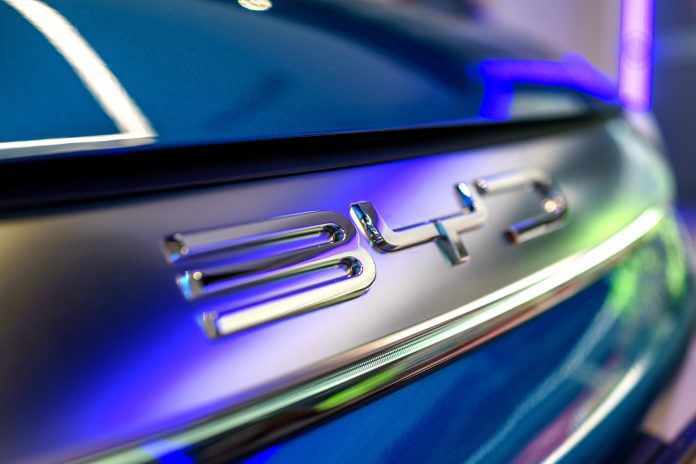On Wednesday, China’s BYD reported a quarterly revenue of 201.1 billion yuan ($28.2 billion) for the third quarter, marking the first time it has outpaced Tesla in sales. Despite falling slightly short of analysts’ estimates, BYD’s revenue leap represented a 24% year-over-year increase, surpassing the EV maker’s reported $25.2 billion in the same period. This surge is driven by BYD’s diversified lineup, particularly its strong-performing hybrids that cater to both electric and traditional powertrain markets, cushioning the company from the recent drop in global EV demand.
BYD’s net income rose 11.5% to a record 11.6 billion yuan ($1.6 billion), underscoring the strength of its dual electric and plug-in hybrid model strategy. Although Tesla remains more profitable, with $2.2 billion in net income for the quarter, BYD’s gross margin of 21.9% highlights its cost-efficiency advantages, fueled by a vertically integrated supply chain and in-house part manufacturing. These strategic advantages enable BYD to produce vehicles at lower costs, meeting the demand for affordable EVs and hybrids, particularly in the Chinese market.
As major automakers like Volkswagen, Ford, Stellantis, and GM wrestle with the costly transition to EV production, BYD and Tesla continue to challenge the legacy brands with their EV market leadership. While Tesla focuses on scaling production for its Cybertruck and expanding its automated driving technology, BYD benefits from a broader product lineup, offering hybrids with extended ranges exceeding 2,000 kilometers on a single charge. This diversified portfolio provides resilience in a market where consumer interest in purely electric vehicles has recently waned.
Moreover, BYD’s growth has been further propelled by a resurgence in domestic demand in China, backed by government incentives encouraging consumers to switch from gasoline-powered cars to EVs and hybrids. These subsidies have insulated BYD from international pressures, as evidenced by the European Union’s recent tariffs of up to 45% on Chinese-made electric vehicles, a move that escalates trade tensions. Although the company does not sell passenger vehicles in the U.S. due to existing tariffs, its leadership in China, the world’s largest car market, continues to support robust sales.
Moving forward, BYD’s earnings outlook remains promising, particularly with the last quarter typically marking a high sales season in China. With a revised annual target of 4 million vehicle sales, BYD has already sold 2.74 million units through September, and analysts project that it could reach monthly sales of up to 500,000 units by November. Government mandates for increased EV purchases by central agencies are also expected to support these growth figures.



